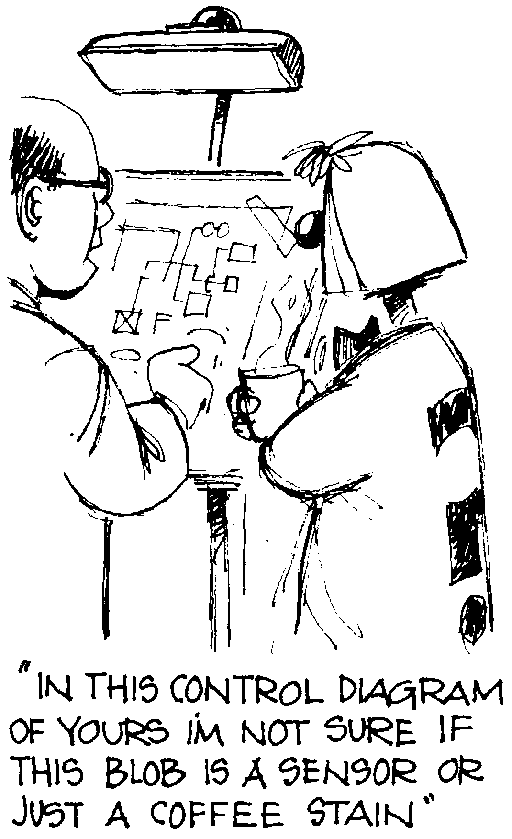5 Summary
Diagrams can provide a clear and succinct summary, a review of a complicated situation or series of events. A diagram can show you an intricate pattern of relationships in a very direct way. As well as understanding interrelationships, diagrams are also a device for communicating, for engaging with perspectives. So diagrams are good for presenting an overview of an area or an overview of the sort of factors that combine to produce an event. It helps to prevent you, by yourself or with others, getting bogged down in the details of a problem and it can give you novel views and perspectives.
While the different types of diagram covered this week offer different framings of a complex situation, the diversity and richness of our thinking far exceeds the range of clearly recognisable diagram types with clear purposes and conventions. So often I find that when I have drawn a diagram I am not quite sure what type of diagram it is. Sometimes that is because it is a muddle and it helps me a lot to clarify it and turn it into one or more recognisable and readily comprehensible diagrams – but other times it is a perfectly clear diagram, it just is not obviously one particular type. So there are times when you simply have to ignore the conventions and do something different. That said, my experience of teaching diagramming over 30 years has shown that when developing your skill in drawing diagrams it helps a lot to start with a limited number of simple and distinctive types and to become really familiar with them before trying too much improvisation. It is perfectly true that in the end what counts is not whether it's this sort of diagram or that sort of diagram but whether it is clear to you and others you may share it with.
Diagramming can be difficult but remember the two different sources of difficulty I mentioned in the first video. One is the difficulty of drawing the diagram. The other difficulty is thinking clearly about the topic. Organising and expressing our thoughts about complicated matters is difficult however one does it. Hence, if you were using a diagram and finding it difficult do not assume it's because you’re not very proficient at drawing diagrams. It is the thinking that is hard work. But I find that the more I use them the more useful they are in my systems practice.
You should now be able to:
- describe the characteristics and purposes of a number of diagram types used to represent systems of interest by systems practitioners.
Next week you will learn how to take multiple perspectives of a complex situation yourself and how to find out the perspectives of others involved in that complex situation.
You are now half way through the course. The Open University would really appreciate your feedback and suggestions for future improvement in our optional end-of-course survey [Tip: hold Ctrl and click a link to open it in a new tab. (Hide tip)] , which you will also have an opportunity to complete at the end of Week 8. Participation will be completely confidential and we will not pass on your details to others.
You can now go to Week 5.

